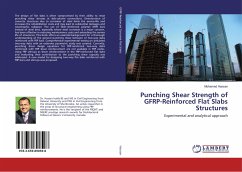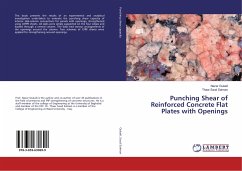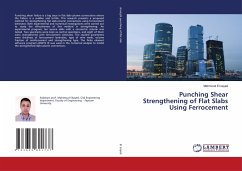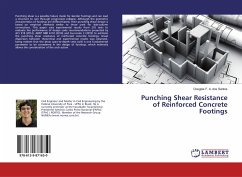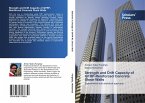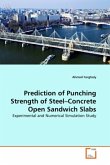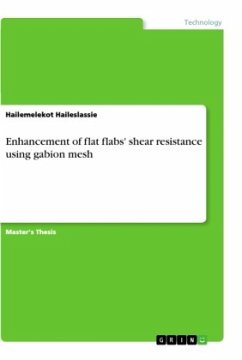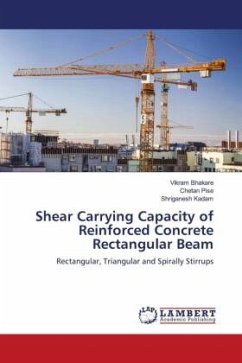The design of flat slabs is often compromised by their ability to resist punching shear stresses at slab-column connections. Deterioration of concrete structures due to corrosion of steel limits the service-life and increases the rehabilitation costs and may lead to substantial damages and catastrophic collapses. The use of fiber-reinforced polymer (FRP) bars instead of steel bars, especially where steel corrosion is a major concern, has been effective in reducing maintenance costs and extending the service life of structures. This book offers an essential background for a thorough understanding of the general punching shear behavior of two-way slabs reinforced with FRP bars. Comprehensive experimental testing on simulated two-way slabs with an extensive parametric study was covered. Currently, punching shear design equations for FRP-reinforced two-way slabs reinforced with FRP shear reinforcement are not available in FRP codes. Using FRP stirrups as shear reinforcement in the FRP-reinforced flat slabs and evaluating their contribution to the punching shear capacity was addressed. A new model for designing two-way flat slabs reinforced with FRP bars and stirrups was proposed.
